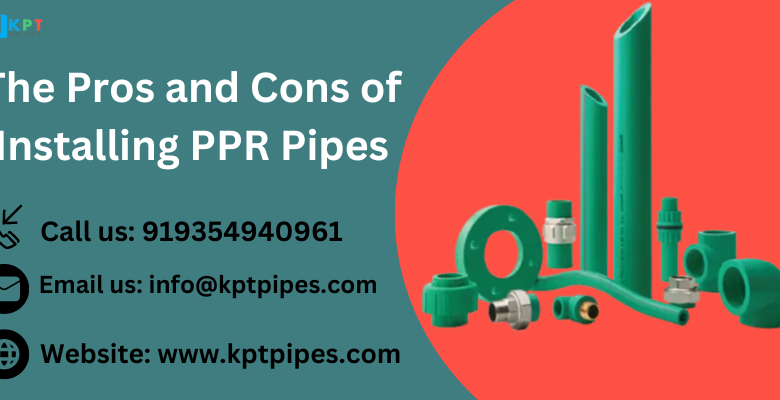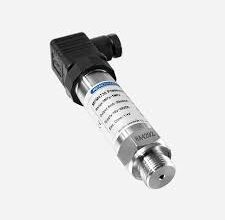The Pros and Cons of Installing PPR Pipes

If you’re planning to install PPR pipes in your home, you’ll need to consider some pros and cons before you decide to go for this type of plumbing material. While the pros and cons of PPR are similar to those of copper pipes, there are some differences between these two materials as well. First, they require the same manual labor. Next, copper is much more expensive than PPR, and the price fluctuates based on the demand for raw materials. Here are some of the points that you need to look before purchasing PPR pipes:
Cost-effectiveness
PPR pipes are lightweight and durable pipes made from polypropylene random copolymer. They are ideal for cold or hot water systems. Unlike PVC pipes, they are inert to most chemicals and electrolytes. They also do not corrode and are safe for drinking water systems. Another benefit of PPR pipe is their low thermal conductivity, which makes them ideal for cold water systems. Many PPR pipes are manufactured with glass wool insulation, which offers greater energy efficiency.
Another advantage of PP-R pipes is that they do not produce toxic by-products during combustion. Even in a fully-developed fire, a PPR pipe will produce only carbon dioxide gas and water vapor. However, they may also produce trace amounts of carbon monoxide, which is common in all combustible materials. This means that you can save money by installing PP-R piping. The pipes will also be safe for the environment and human health.
Another advantage of PPR pipes is that they can withstand a wide range of fluid and environmental temperatures. This makes PPR pipes highly durable and reliable. They are ideal for industrial applications, hot water systems, and cold water systems. They are also safer than other types of plastic piping.
Longevity
PPR pipes offer many advantages over other materials for piping applications. Their versatility means that they can withstand a wide variety of fluids and environmental conditions. They are also resistant to pressure and temperature changes, which makes them suitable for hot water systems. They also provide excellent structural integrity in cold-weather installations.
Compared to metal pipes, PPR pipes are extremely durable. Their smooth interior and exterior surfaces make them easier to install and maintain. In addition, they have no leakage issues. Because of these advantages, many commercial buildings are installing PPR pipes in their air compression systems and chilled or warm water supplies. Similarly, food processing units have found PPR pipes to be safe.
PPR pipes don’t affect the taste or color of the water. They also have no odor. PPR pipe also features strong welding capability and minimal assembly losses. In addition, they provide excellent sound and heat insulation. PPR pipe is the ideal choice for cold water systems because they can withstand both hot and cold temperatures.
PPR pipes are also very resistant to hard particles and abrasion. This is particularly important for industrial applications and well water. They are also inert to most chemicals and electrolytes, making them safe to use in such environments.
Hygiene
PPR pipe is a great way to prevent bacteria and infection from getting into your water pipelines. They are also easily compatible with the current infrastructure and building structures. This type of pipe is also environmentally friendly, as it does not contribute to any white pollution. It is also malleable and requires minimal effort to install.
Non-toxic
Non-toxic PPR pipes are an excellent choice for applications that require high temperature and pressure resistance. These pipes are made of 100% pure raw materials and do not contain any toxic chemicals or heavy metals. They also meet international standards and have excellent insulation properties. Moreover, they do not suffer from calcification or oxidation. They have smooth inner surfaces that do not allow contaminants to penetrate into the pipe. In addition, they do not alter the taste and odor of the liquids they carry.




